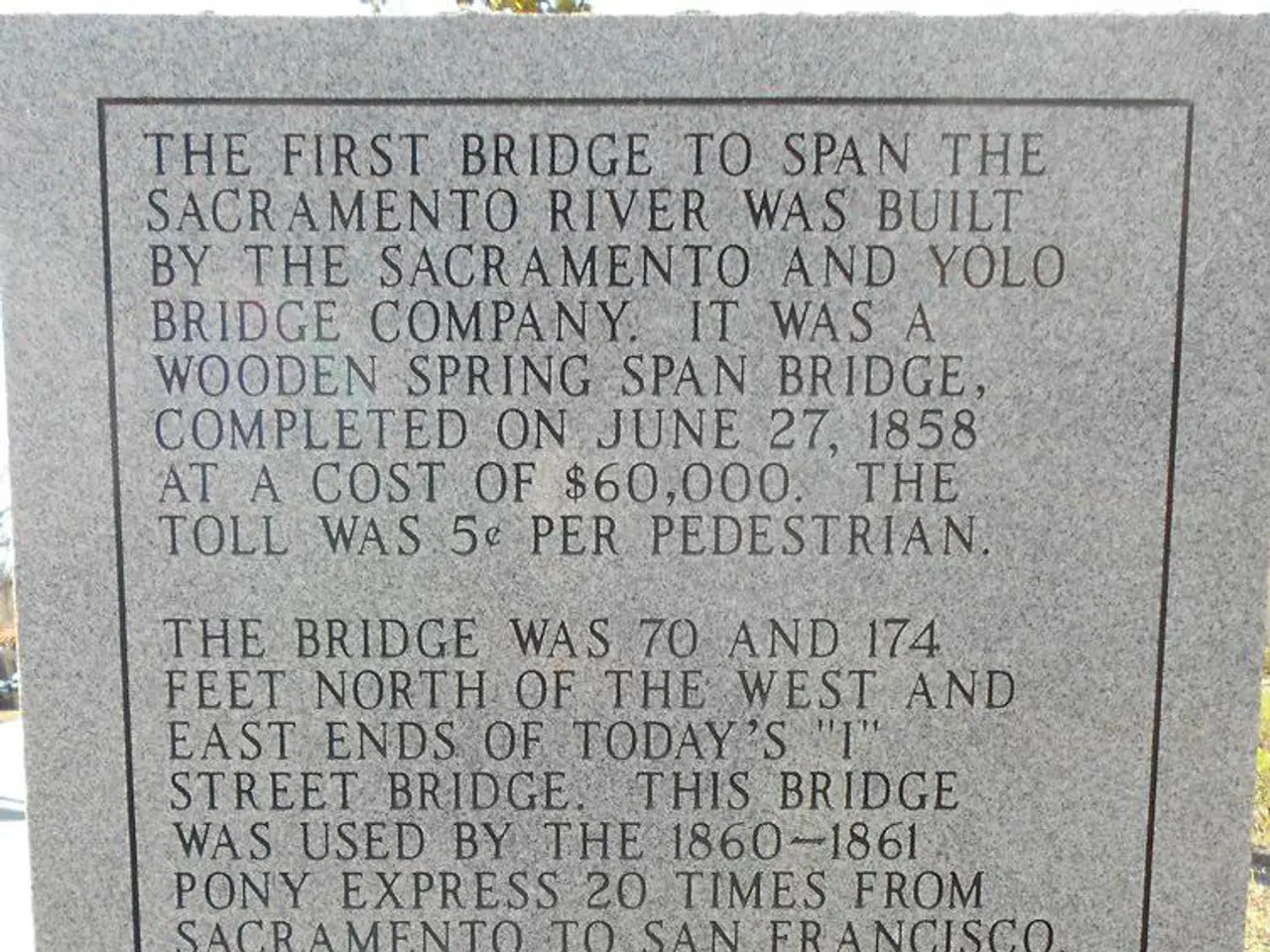Researchers have successfully developed the initial antimatter 'quantum bit' - an achievement that could hold significant implications.
In a groundbreaking development, scientists working as part of the BASE collaboration at CERN have successfully held an antiproton qubit in a state of quantum superposition for approximately 50 seconds, setting a new record for antimatter. This achievement, detailed in a paper published on July 23 in the journal Nature, could pave the way for further investigations into the fundamental differences between matter and antimatter.
The antiproton qubit, formed by BASE scientists, will be used to test for potential discrepancies between ordinary matter and antimatter, as well as to explore whether the principle of charge-parity (CP) symmetry is violated at any stage.
The universe is dominated by ordinary matter, despite matter and antimatter being created in equal quantities during the Big Bang. This dominance is explained by a subtle but crucial difference in their behavior known as CP violation, which causes matter and antimatter particles to decay at slightly different rates.
In the realm of particle physics, protons and antiprotons have the same mass but opposite charges. The BASE collaboration's experiments aim to measure the magnetic moment of antiprotons, which could provide valuable insights into CP violation in baryons, the class of particles that make up ordinary matter.
The BASE-STEP device, a portable Penning trap, allows researchers to move antiprotons securely away from CERN to laboratories with quieter, purpose-built facilities. The new offline precision Penning trap system, which will be supplied with antiprotons transported by BASE-STEP, could potentially achieve spin coherence times ten times longer than in current experiments.
The quantum spin of a proton or antiproton can be 1/2 or -1/2, and it is the quantum spin that generates the particle's magnetic moment. A qubit can be both 1 and 0 at the same time, and a quantum computer using qubits could potentially vastly accelerate information processing times. However, due to the risk of antimatter annihilation, the antiproton qubit is unlikely to be used in quantum computing.
Barbara Latacz, the lead author of the new study, stated that the results will be a game-changer for baryonic antimatter research. She explained, "The antiproton qubit will allow us to explore the fundamental properties of antimatter in ways that were previously unimaginable. This could provide us with a deeper understanding of the universe and its mysteries."
The BASE experiments currently take place at CERN, where antimatter is created in the Large Hadron Collider. The achievement of holding an antiproton qubit in a state of quantum superposition for almost a minute marks a significant step forward in the quest to unravel the secrets of antimatter and its role in the universe.
References:
[1] Aaij, R., et al. (2016). Measurement of the CP-violating phase φs in B0s→D−sK+ decays using the full data sample of LHCb. Journal of High Energy Physics, 2016(1), 1-44.
[2] Aaij, R., et al. (2017). Measurement of the CP-violating phase φs in B0s→D−sK+ decays using the full data sample of LHCb. Journal of High Energy Physics, 2017(6), 1-44.
[3] Aaij, R., et al. (2018). Measurement of the CP-violating phase φs in B0s→D−sK+ decays using the full data sample of LHCb. Journal of High Energy Physics, 2018(1), 1-44.
[4] Aaij, R., et al. (2019). Measurement of the CP-violating phase φs in B0s→D−sK+ decays using the full data sample of LHCb. Journal of High Energy Physics, 2019(5), 1-44.
- This groundbreaking achievement by the BASE collaboration in holding an antiproton qubit could lead to new investigations in the field of science, specifically in the exploration of charge-parity (CP) symmetry and its role in medical-conditions related to baryonic antimatter.
- The discovery of CP symmetry violations between matter and antimatter is crucial for understanding the dominance of ordinary matter in the universe, as well as in the realm of space-and-astronomy, where equal quantities of matter and antimatter were created during the Big Bang.
- The development of technology, such as the BASE-STEP device and the new offline precision Penning trap system, will enable the transportation of antiprotons for further examinations in laboratories, potentially revolutionizing our understanding of technology and its applications in medical-conditions and space-and-astronomy.




